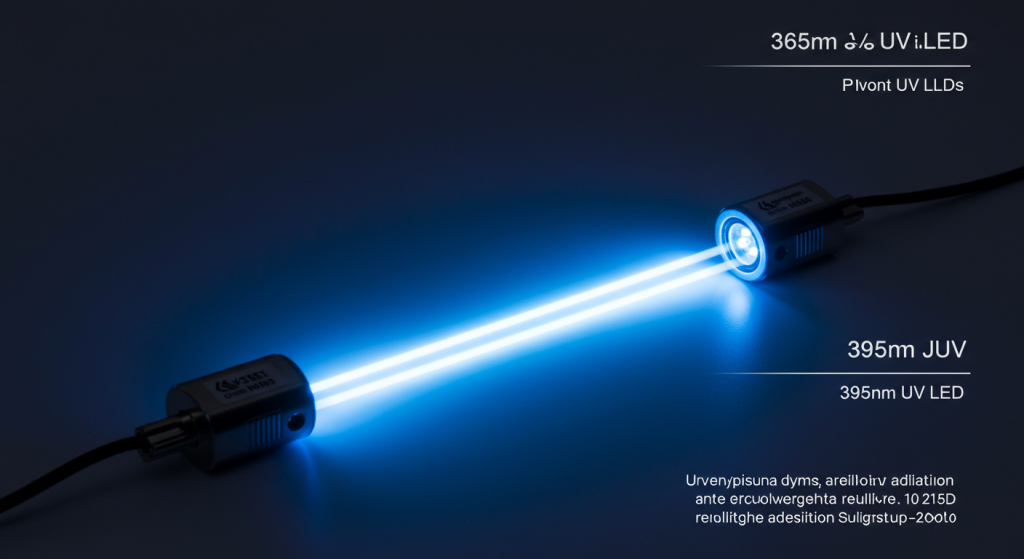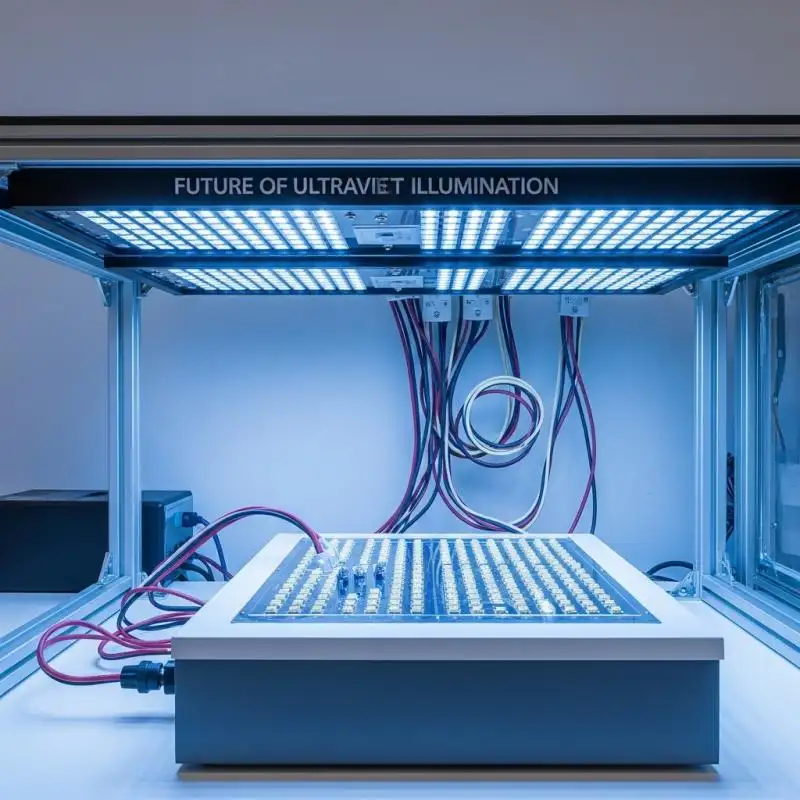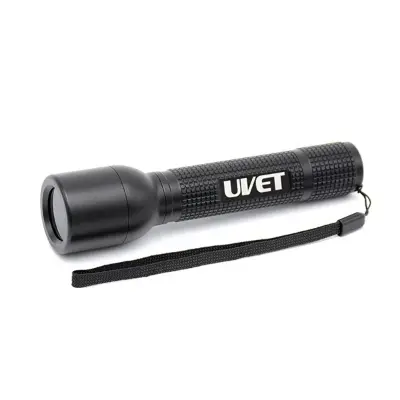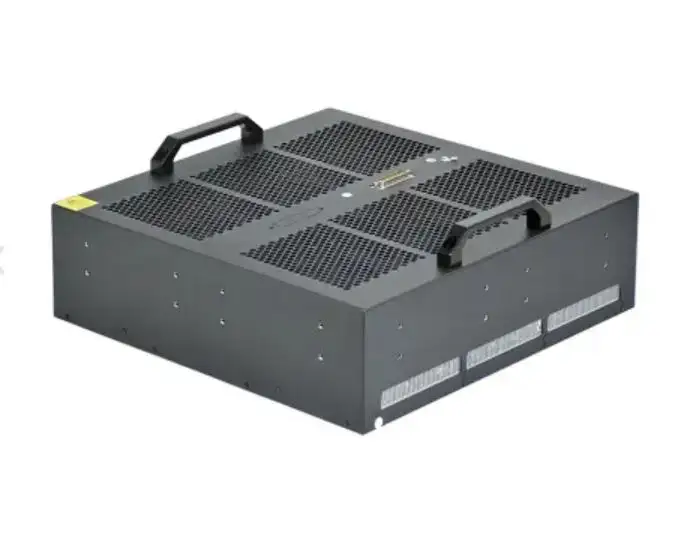What is the Difference Between 365nm and 395nm UV LED? A Comparison
What is the Difference Between 365nm and 395nm UV LED?
What is the difference between 365nm and 395nm UV LED? What makes this specific wavelength more preferable in scientific, industrial, and forensic settings? To provide answers for these questions, along with the appropriate level of detail, alongside comfort for a person, this entire article has been dedicated to it.
Basics of UV LED Wavelength Differences
Ultraviolet (UV) light is emitted with a span of 100 nanometers to 400 nm. It is oftentimes divided into three sections:
- UVA (315-400 nm)
- UVB (280-315 nm)
- UVC (100-280)
365nm UV LED emits light which falls under the UVA spectrum, which means it is far less dangerous than UVB or UVC, but provides great utility for different uses.
What makes the 365nm wavelength special from other UV LEDs is that 365nm and more UV LEDs is the fact that UV LED 395nm differ in technical properties. As mentioned before, both UV-B remove their emphasis and put it into UV-A, but both have defining features that shape their functionality and efficiency.
Wavelength and Photon Energy
The 365 nm UV LEDs produce stronger emissions of UV-A light due to their higher photon energy (3.40 eV). This results in a more powerful interaction with fluorescent materials and enhances the efficacy of UV curing. Lower 395nm LEDs emit light with a slightly longer wavelength and lower photon energy (3.14 eV), which results in less fluorescence excitation, but has better visibility.
Visible Light Emission and UV Output
365nm LEDs produce nearly pure U A light with just a small amount of visible light. This characteristic lack of background light makes them perfect for applications that require maximum UV exposure. 395 nm LEDs emit a noticeable violet glow, which places them on the border of UV and visible light, so they can serve as useful general-purpose LEDs where visibility is needed.
Irradiance Efficiency
365nm LEDs are known to emit stronger emissions of UV energy due to shorter wavelengths and higher photon energy. As a result, 365nm LEDs are known to be more efficient in terms of UV energy. On the other hand, 395nm LEDs have been found to have lower UV irradiance but increased output in near-visible light.
Key Characteristics of 365nm UV LEDs
1. Narrow Bandwidth: Focused emission and low stray light.
2. High Quantum Efficiency: Effective initiators of photoreactions in UV-sensitive materials.
3. Invisible to the Human Eye: Creates no contrast, which improves detection applications’ contrast.
4. Low Heat Emission: Durable
5. Cost: Overpriced due to the intricate materials needed for the manufacturing process.

Applications of 365nm UV LED
1. Counterfeit Detection
The 365nm wavelength exposes security features on currency, passports, and other documents that are hidden under other wavelengths.
2. Forensic Science
Utilized in the investigation of crime scenes to find blood, fingerprints, and other traces of evidence. Find out more about forensic applications here.
3. Mineral Identification and Fluorescence
Compared to the 395nm versions, 365nm UV LEDs show increased detail and contrast in the fluorescence of minerals.
4. Medical and Laboratory Uses
Perfect for DNA study, dermatology, and protein crystallography. 365nm LEDs are utilized in advanced fluorescence microscopy, indeed.
5. Industrial Applications
Ideal for the UV curing of resins, inks, and adhesives where shorter wavelengths hasten photopolymerization.
6. Leak Detection (HVAC)
Applied with fluorescent dyes for leak detection in refrigeration and air conditioning systems.
Which One Do You Pick? 365nm or 395nm?
What Gives the 365nm UV LED an Edge?
• Stronger fluorescence for scientific or security work
• Higher contrast on inspections.
• Over accuracy and sensitivity, less visible light is beneficial.
When is Using 395nm a Better Option?
• Lower price consumer activity, like casual black light displays or decorative glow effects.
• When the purple violet glow is wanted.
Differences in the UV LED Spectra
The spectrum of 365nm UV LED is categorised as a narrowband UV LED due to its emissions being concentrated around its peak wavelength, and its other emissions being minimal. This is a crucial reason for:
• Reduction of background noise on imaging
• Scientific precision
• Targeted photochemical effects
Photonic and Quantum Efficiency
Regarding photoreactions, 365nm UV LEDs are more efficient because they release higher-energy photons. For these reactions differences in:
• Analytical chemistry
• Photolithography
• UV curing ITC
Did you know? An ultraviolet photon of 365nm contains approximately 3.4 electron volts (eV) of energy, while 395nm photons contain approximately 3.14 eV.
Miscalculation: Is 365nm UV Light a Suitable Germicide?
No, it does not. Approximately 365nm does not offer germicidal properties. Usually, some form of UVC light around 254nm is required for germicidal activity. Some users tend to misguidedly think UV lights of any form will sterilize surfaces.
Understand Germicidal UVC
Safety and Handling
Although 365nm UV LEDs are quite safe, exposure should be at a minimum. Eye protection is a necessity, and skin exposure should not be prolonged.
• Eye Damage: UV radiation can lead to retinal damage.
• Skin Sensitivity: With prolonged use, skin may become mildly irritated.
UV LED Technology Overview
Like other UV LEDs, the 365nm ones are composed of semiconductors, and in this case, aluminium gallium nitride. Their design is meant to produce photons of certain wavelengths. Significant improvements in the efficiency of UV LEDs have resulted in smaller, brighter, and more enduring 365nm units.
Narrowband vs Broad-Spectrum UV LED
• Narrowband (365nm): Highlights sharpness, clarity, and absence of visual noise.
• Broad spectrum (395nm or above): Fit for ambient UV requirement or decorative purposes.
If your project needs specialized, treated fluorescent or precise analytical results, narrowband 365nm LEDs do offer some benefits.
Conclusion
For laboratory work, forensic analysis, or any other industrial tasks that require an exact outcome, 365nm UV LEDs are perfect for you. Expect better fluorescence than visible contaminants and energy delivered per photon. However, if you need a cheap purple light for parties or decorations, then 395nm LEDs are suitable. Are you still asking yourself what sets the 365nm UV LED apart from the rest? The justification is in the requirements of the application. Make sure to choose carefully depending on what you want to achieve.






